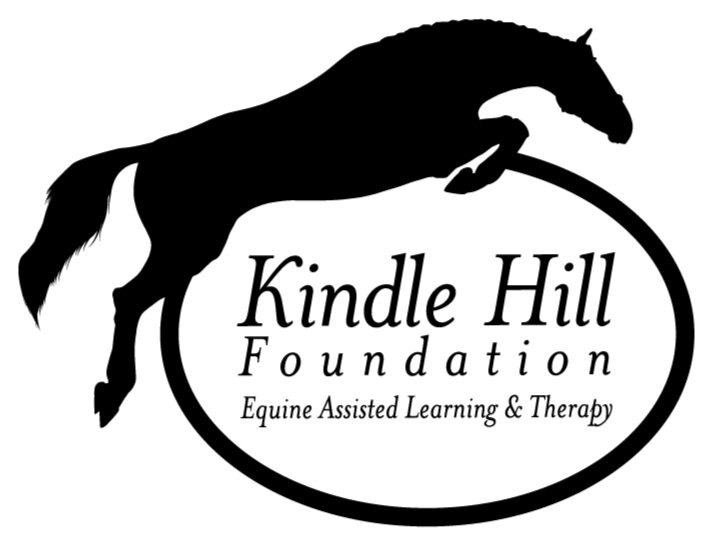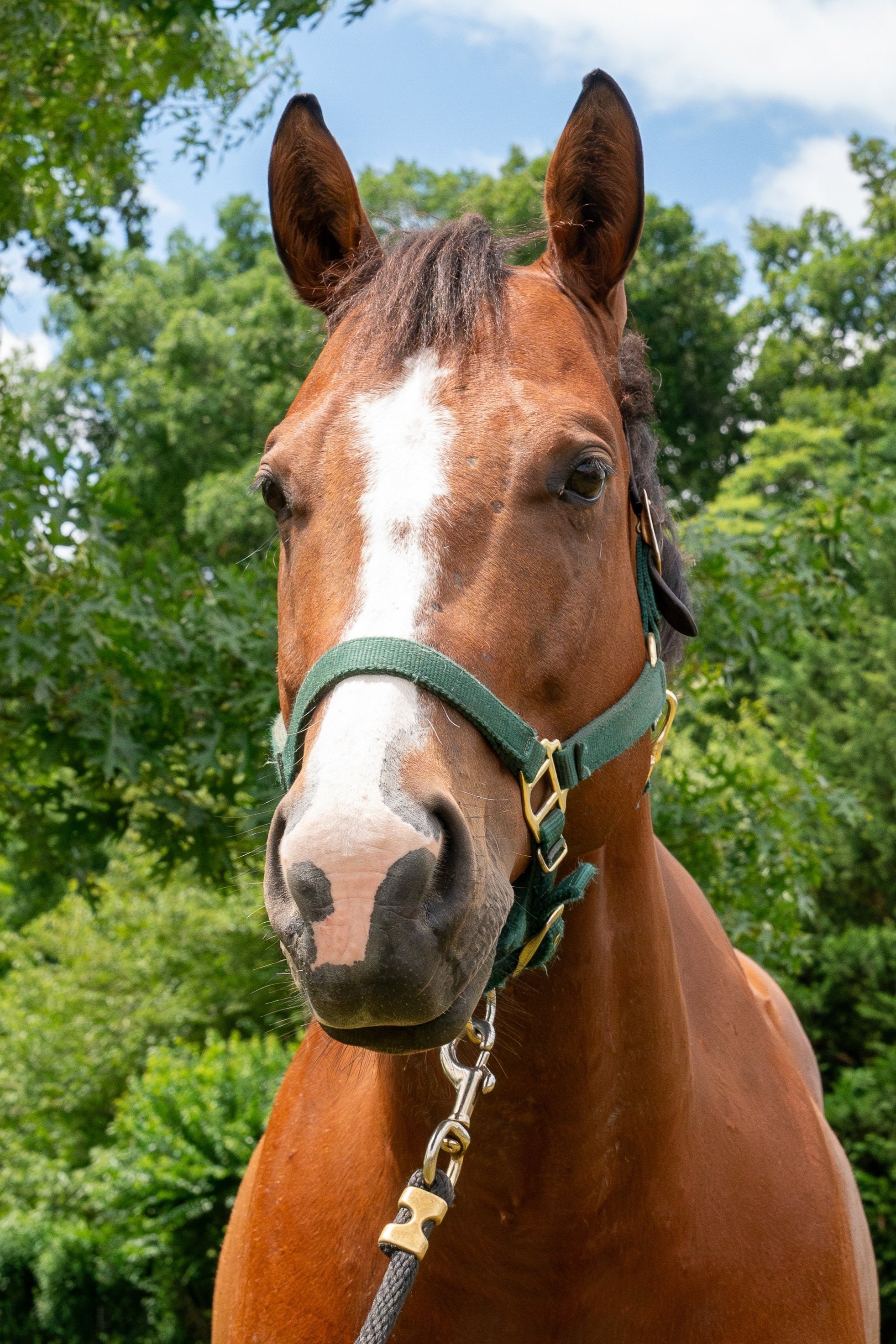Our Horses
Equine Facts & Terminology
-
Mare — the term used to describe a female horse or pony that is four years of age or older.
Gelding — the term used to describe a male horse or pony of any age that has been ‘gelded’. (Gelding is an equine term to describe neutering or castrating.)
Stallion — the term used to describe a male horse or pony that is four years of age or older that has not been gelded.
-
Filly — the term used to describe a female horse or pony that is under four years old.
Colt — the term used to describe a male horse or pony that has not been gelded and is under four years old.
Foal — the term used to describe a horse or pony of any gender under one year of age.
Weanling — the term used to describe a foal that has been weaned off of its mother. This typically occurs around 6 months of age.
Yearling — the term used to describe any horse or pony that is between one and two years old.
-
Horse breeds are categorized as cold-blooded, warm-blooded, or hot-blooded based on their temperament, build, movement, and task performance ability.
Hotblood Horses
Bred for speed, stamina, and a high energy level.
Common hotblood breeds: Thoroughbreds and Arabians
Coldblood Horses
Bred for strength, endurance, weight, placid temperament, and stolid demeanor.
Common coldblood breeds: Friesians, Percherons, Shires, and Clydesdales.
Warmblood Horses
Warmblood breeds are a mix between hot- and coldblood horses and are bred for various tasks.
They typically have the same stature and agility of a hotblood breed, but with a less ‘hot-headed’ temperament.
They are often used for competitions and riding of any kind.
-
1 hand = 4 inches
Horses are measured by the height of their withers, which is the ridge between the neck and the back. It is the highest point of their body when their head is lowered to the ground.
If a horse is 16.2hh, their withers are about 66 inches high.
-
A pony is considered any equine that is measured under 14.2hh in height.
A horse is considered any equine that is measured over 14.2hh in height.
-
Horse coat colors are formed by black and red pigments. The combination of these two pigments create the four main coat colors: black, bay, chestnut, and grey. Some coat colorings, such as Paint or Appaloosa, are also horse breeds.
The coat is the ‘fur’ on the horse that covers most of their body.
The points refer to the color of the mane, tail, or legs of the horse.
Black — A horse that has black coloring on both the coat and the points. Some black horses might have white markings.
Bay — A horse that has a brown or reddish-brown coat with black points, either in the mane, tail, or legs.
Chestnut — A horse with a red coat without any black points. The mane and tail also have red or reddish-brown hair.
Grey - A horse with a grey or white-like colored coat with dark skin and dark eyes.
Photography by Kim Supko Photography

















